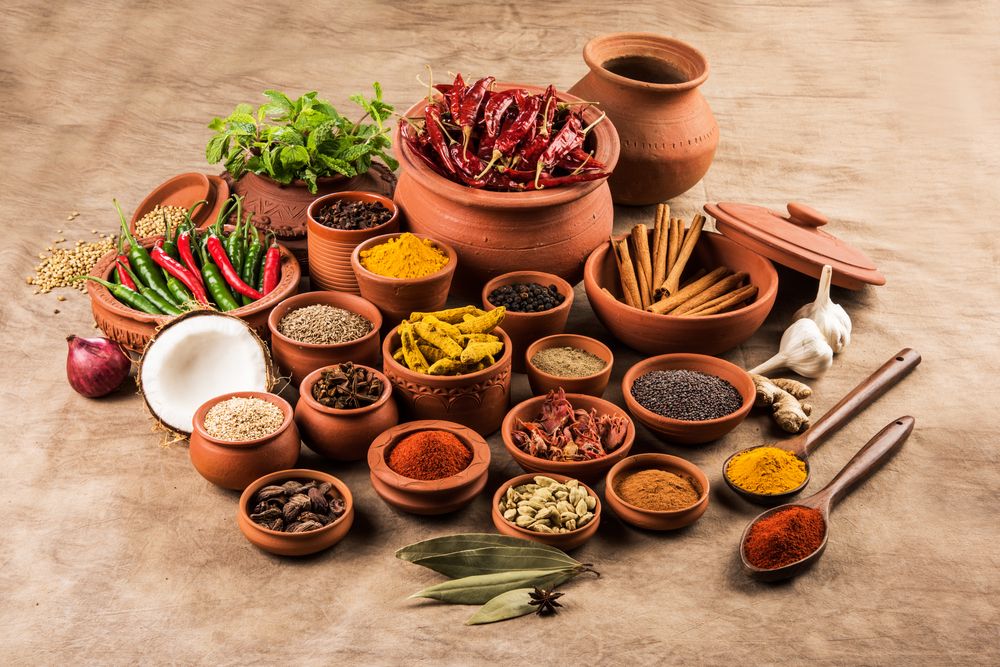India is one of the major producers and exporters of spices in the world. Spices form an integral part of Indian cuisine and culture since ancient times. From pepper to cardamom and turmeric to cumin, India is home to myriad spices that are used globally in food, medicine and industries.
Ancient trade routes
Many ancient trade routes like the Silk Road connected India with other parts of Asia, Middle East and Europe. Several spices like black pepper, cinnamon, cloves, nutmeg etc were exported from Indian ports to global markets via these routes as early as 2000 BC. This helped establish India as a global leader in spices trade. Roman emperors used to pay gold and silver coins to procure Indian spices. Arab traders spread awareness about Indian spices during their travels across Europe and Africa.
Health benefits of Indian spices
Several Indian spices have strong medicinal properties due to presence of antioxidant compounds. Turmeric contains curcumin known for its anti-inflammatory and antioxidant properties. Cumin aids digestion. Coriander is rich in vitamins and minerals. Garlic has antibacterial and antiviral effects. Chili peppers boost metabolism. Indian spices not only add flavor and aroma to food but also provide important health benefits. Regular use of spices is recommended in Ayurveda for overall well being.
Major Indian spices
Some of the major spices commonly used in India are as follows:
– Turmeric (Haldi): Native to South India, it imparts golden yellow color and taste to curry. Used extensively in almost all Indian dishes.
– Chili peppers (Mirchi): Came to India from Americas but adapted well to Indian climate. Adds spicy heat to curries and chutneys. Over 1000 varieties grown in India.
– Coriander leaves and seeds (Dhaniya): Used fresh as well as dried. Imparts characteristic aroma and taste to North Indian cuisines. Easy to grow in home gardens.
– Cumin seeds (Jeera): Has digestive properties. Main ingredient in curries from North India. Also used in snacks like pakodas.
– Fennel seeds (Saunf): Used in cuisine of central and north India for its licorice like flavor. Good for gas trouble. Commonly chewed after meals.
– Black pepper (Kali Mirch): Native to Southern India. Prized spice in Roman and Greek empires. Used as spice as well as spice preservative in pickles.
– Cardamom (Elaichi): Considered the ‘Queen of Spices’. Used sparingly to impart flavor. Mainly used in desserts and masalas of south India.
Production, trade and exports
India is the largest producer, consumer and exporter of many commercially important spices like turmeric, chili, pepper, ginger, cloves, cardamom, cinnamon etc. Top producing states are Kerala, Tamil Nadu, Andhra Pradesh, Maharashtra and Karnataka due to favorable tropical climate. Spices Board of India promotes cultivation, production, export and research related to Indian spices. India holds 30% share in global spice trade worth USD 3 billion annually. Major importers are USA, European Union, Gulf countries, Bangladesh, Nepal and Sri Lanka.
From adding flavors in global cuisines to providing health benefits, Indian spices have influenced culinary traditions worldwide. Their medicinal properties are being increasingly recognized. With a changing world focused on wellness, Indian spices are sure to remain popular for years to come. India’s rich heritage of native aromatic spices makes it a gift to humanity. Proper cultivation and export strategies can boost farmer income and foreign exchange reserves for the country.



